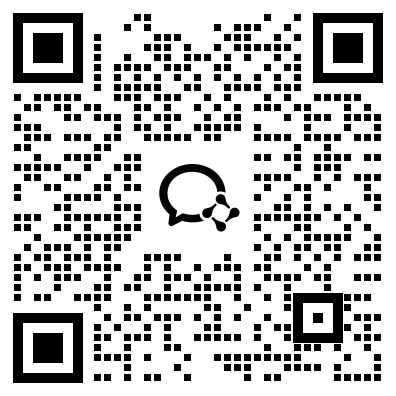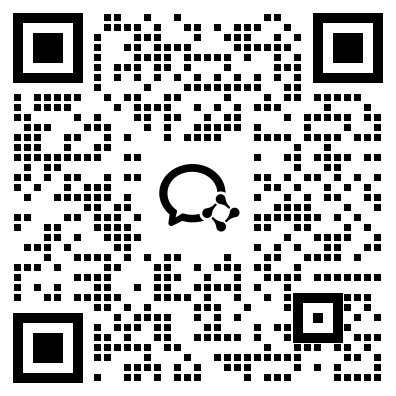湛江市雷州市附城镇粤智助部署行政村信息|行政管理数据集|数据采集数据集
收藏开放广东2022-09-16 更新2024-02-29 收录
下载链接:
https://gddata.gd.gov.cn/opdata/base/collect?chooseValue=collectForm
下载链接
链接失效反馈资源简介:
该数据为湛江市雷州市政务服务数据管理局收录的2021年雷州市附城镇粤智助部署行政村信息表,数据内容包含镇街名称、行政村地址等,可用于雷州市附城镇粤智助部署行政村信息采集、统计、分析。
提供机构:
湛江市
创建时间:
2022-10-14



